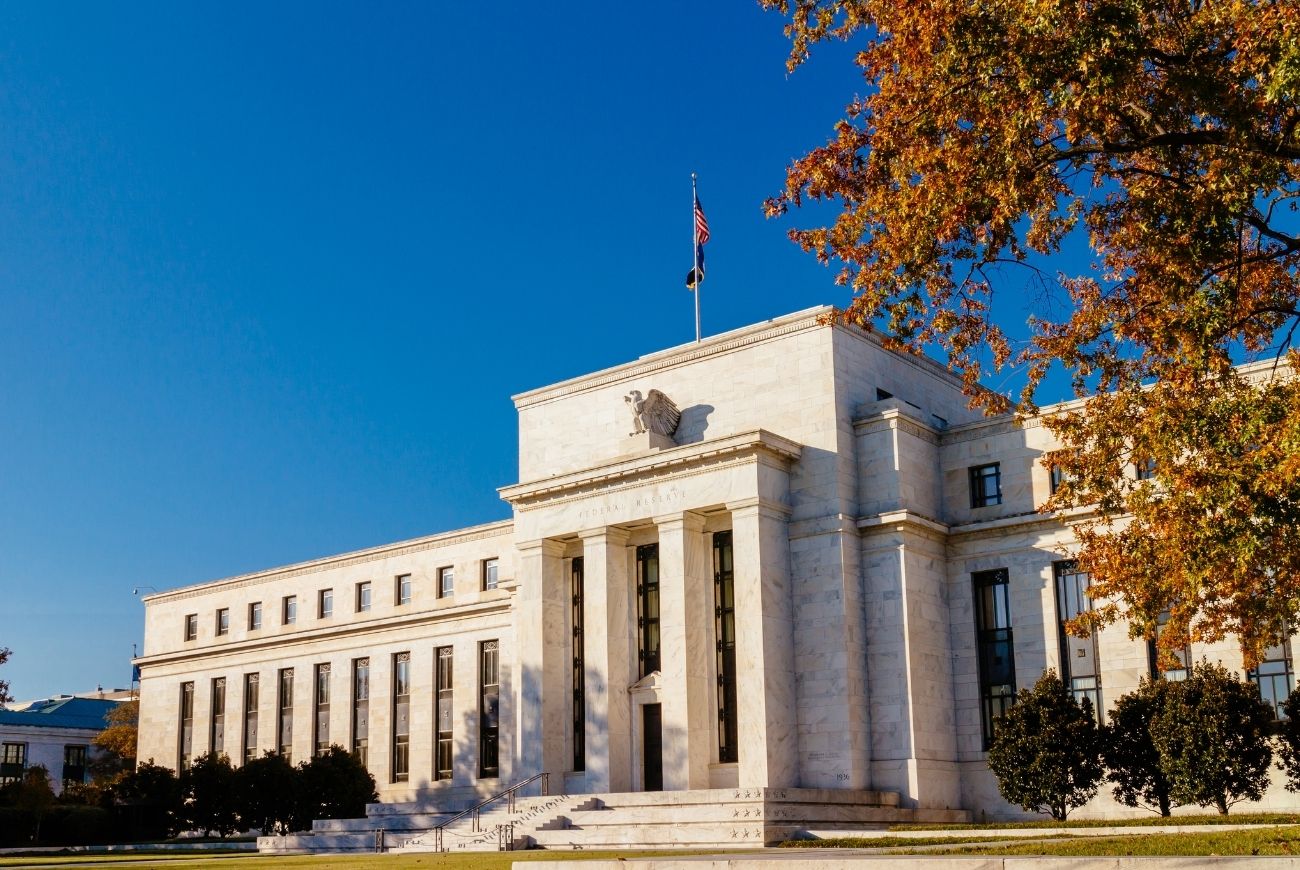A Battle of Wits: Investors vs. the Dread Pirate Powell
The Federal Reserve (led by the “Dread Pirate Powell”) and the market (personified by “Mr. Market”) are currently engaged in a battle of wits. Pundits argue that improving economic growth and sustained inflation may force the Fed to act sooner than planned. Mr. Market knows that he cannot compete in size with the Fed, but he believes he might gain an advantage by predicting the Fed’s next move and getting there first. Like the Sicilian in the movie The Princess Bride, getting too far ahead of one’s opponent can turn into a dizzying game of anticipation –trying to guess what the Fed might do in reaction to the market’s expectations of the Fed’s next move. Historically, this battle has usually not ended well for those investors who got too far ahead of Fed policy.
While the circumstances that led to the Fed’s emergency monetary stimulus were unprecedented, the tools they used were not. The reduction of the federal funds rate (a measure of short-term interest rates) to blunt the impact of a recession and stimulate growth is well historied. The Fed’s bond buying program (a.k.a quantitative easing), meant to improve the liquidity and stability of longer-term interest rates, was a familiar battle plan from the 2008 financial crisis. While the market seems to accept that the Fed will keep its promise to hold short-term rates low until at least 2023, investors expect it to move faster on longer-term rates. Here too, the path (if not the timing) is likely predictable. It does this by tapering its balance sheet, which has four potential phases:
The consternation investors feel about unwinding quantitative easing is also familiar. Market historians are reminded of 2013 when the Fed started “thinking about thinking about” moderating its support. The period is affectionately known as the “Taper Tantrum.” Markets were rattled by then Federal Reserve Chairman Ben Bernanke’s suggestion at a May 22 congressional hearing that the Fed “could in the next few meetings… take a step down in our pace of purchases.” 10-year Treasury yields rose 1.3% over the ensuing seven months in anticipation of the tapering. The move not only pre-dated the actual tapering (which did not occur until early 2014), it overestimated its impact. By the end of 2014, yields had returned to near their pre-taper levels. Many investors that traded in anticipation of rising yields due to the Fed’s move missed out.
Source: Federal Reserve
Source: Federal Reserve
Market participants expect that the Fed will begin to discuss slowing the growth of its balance sheet this summer. If past is prologue, that portends a late 2021 or early 2022 announcement of tapering. While that timeline might be consistent with the last time, we caution that there is a difference that investors should consider. The May 2013 statement was a surprise to most, while this time investors are more vigilant. Much like in The Princess Bride, we anticipate their anticipation of our anticipation. Indeed, the yield curve has steepened substantially. In the 2013 Taper Tantrum, the 10-year Treasury yield moved 1.3%. Since August 2020, the same benchmark yield experienced a trough-to-peak move from 0.5% to over 1.7%. Yields may still move higher, but it is reasonable to expect that it will take some time before moving meaningfully above pre-COVID levels.
Balance sheet stabilization is not necessarily bad. It is a sign that the Fed is confident in an improving economy and may alleviate some of the markets’ price distortions created by easy monetary policy. Just as equities performed spectacularly well in 2013, they are proving resilient this time, too. The impact on corporate bond prices has been more muted than in 2013, as credit spreads (the extra return for holding riskier debt instead of treasuries) have declined. In fact, high-yield and emerging-market debt have posted positive returns as improving credit profiles have offset the risk from rising yields. While investors should not expect the magnitude of returns to be maintained going forward, they also should avoid being overly pessimistic.
Source: Morningstar
Rather than try to outsmart the Dread Pirate Powell, we believe Mr. Market is better served to follow his lead. That means leaning into risk assets like equities and diversified fixed income strategies. It means mitigating some of the near-term risks of holding high-quality bond portfolios by focusing on municipal and corporate credit and balancing inflation risks with real assets. For many clients, it means including alternative strategies that are not dependent on the direction of equity or fixed-income markets to generate reasonable returns. As investors choose which chalice from which to take their drink, in our opinion, the best strategy is to build resilience through diversification on the chance that both are poisoned.
